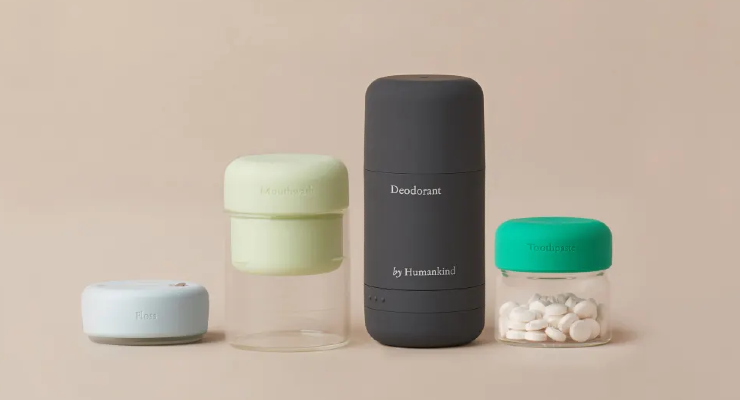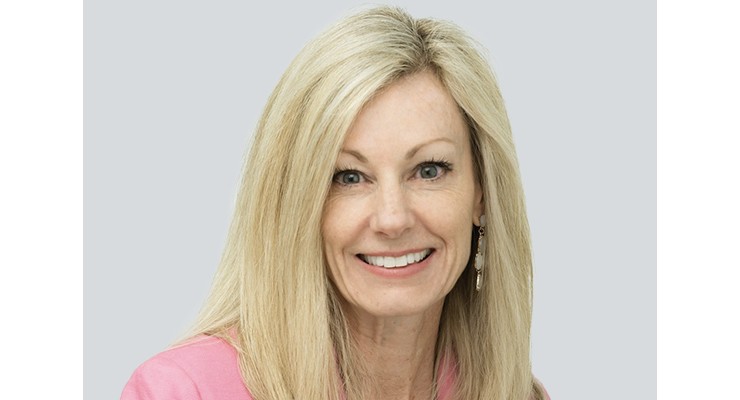Susan Dunn, chief revenue officer at NielsenIQ05.10.21
Note: This is Part 1 in a series. Stay tuned for Part 2.
One of the hottest trends in beauty packaging right now is a reminder that sometimes it is possible to have the best of both worlds — to look good, while doing good. To find the source of this joy, you likely need to look no further than your bathroom vanity or your medicine cabinet. Because chances are, that’s where you will find at least one beauty product that a savvy brand has packaged sustainably.
Retail industry trends show that beauty brands are increasingly turning to environmentally conscious packaging as a way to differentiate themselves, appeal to buyers, save money and fight climate change. Brands like Glossier, by Humankind and Lush come to mind. Companies like these recognize that conscious consumers are willing to pay more for brands that align to their personalities and values. That’s spurring more brands to utilize retail data and customersegmentation software to understand those attributes and beliefs. For instance, research has shown that consumers today value beauty brands and products that are sustainable, recyclable, authentic and cruelty-free.
Shoppers are empowered to choose from an array of packaging options with their beauty purchases, ranging from no packaging at all to limited packaging — without the frills and extra touches — and even returning product containers to stores for reuse. Retail industry trends show that consumers who worry about climate change take comfort in and invest in sustainable brands because they believe their purchases will make an impact. Buying a product has become synonymous with buying a lifestyle.
The eco-friendly packaging trend is becoming more common among brands of all sizes — not just the luxury ones with big budgets. Therein lies the exciting win-win for up-and-coming beauty brands: Sustainable business practices save money and provide consumers a sense of community at the same time.
About the Author
Susan Dunn is the chief revenue officer at NielsenIQ. She has over 30 years of CPG industry experience and is particularly passionate about data and analytics for emerging brands. As part of her role, she oversees Byzzer, a self-serve e-commerce platform for SMBs that is powered by NielsenIQ retail and consumer data.
One of the hottest trends in beauty packaging right now is a reminder that sometimes it is possible to have the best of both worlds — to look good, while doing good. To find the source of this joy, you likely need to look no further than your bathroom vanity or your medicine cabinet. Because chances are, that’s where you will find at least one beauty product that a savvy brand has packaged sustainably.
Retail industry trends show that beauty brands are increasingly turning to environmentally conscious packaging as a way to differentiate themselves, appeal to buyers, save money and fight climate change. Brands like Glossier, by Humankind and Lush come to mind. Companies like these recognize that conscious consumers are willing to pay more for brands that align to their personalities and values. That’s spurring more brands to utilize retail data and customersegmentation software to understand those attributes and beliefs. For instance, research has shown that consumers today value beauty brands and products that are sustainable, recyclable, authentic and cruelty-free.
Shoppers are empowered to choose from an array of packaging options with their beauty purchases, ranging from no packaging at all to limited packaging — without the frills and extra touches — and even returning product containers to stores for reuse. Retail industry trends show that consumers who worry about climate change take comfort in and invest in sustainable brands because they believe their purchases will make an impact. Buying a product has become synonymous with buying a lifestyle.
The eco-friendly packaging trend is becoming more common among brands of all sizes — not just the luxury ones with big budgets. Therein lies the exciting win-win for up-and-coming beauty brands: Sustainable business practices save money and provide consumers a sense of community at the same time.
About the Author
Susan Dunn is the chief revenue officer at NielsenIQ. She has over 30 years of CPG industry experience and is particularly passionate about data and analytics for emerging brands. As part of her role, she oversees Byzzer, a self-serve e-commerce platform for SMBs that is powered by NielsenIQ retail and consumer data.






























